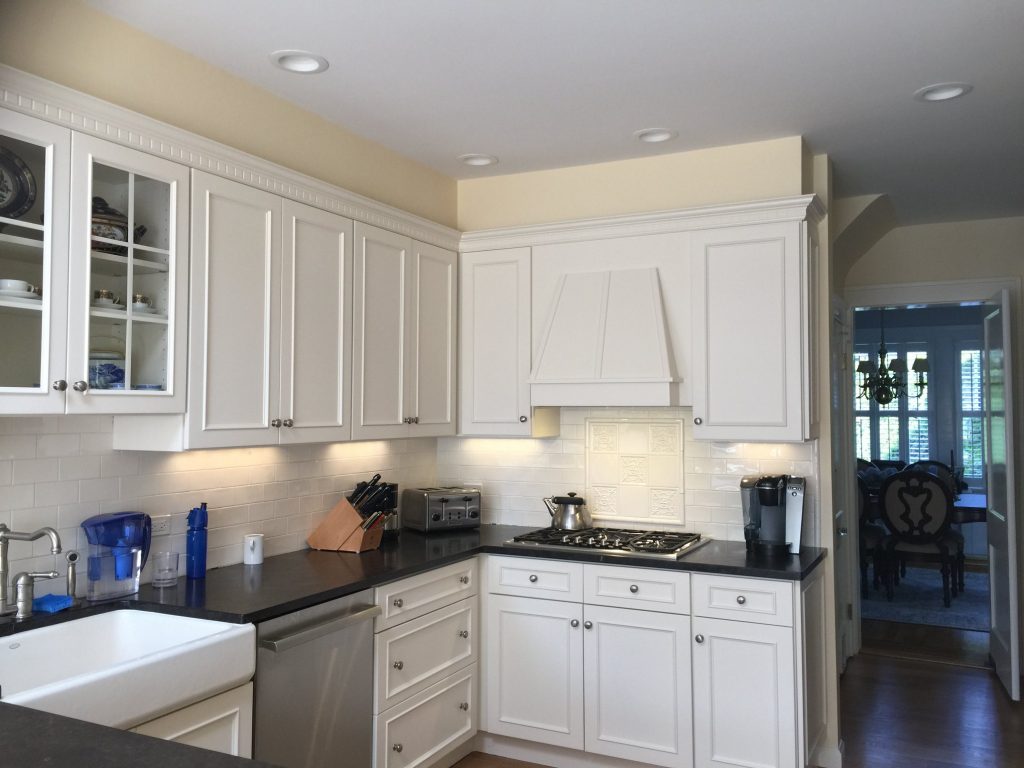If we took a poll of what most bothers people about the idea of painting indoors during the winter, the majority would most likely say something about smell. Or the fear of breathing unhealthy fumes and chemicals.
These are legitimate concerns! As a professional painting company, we take the health and wellbeing of both our team and our clients very, very seriously.
What if we told you that thanks to advanced paint formulas, interior wintertime painting is now perfectly safe? In a recent article, we actually discussed the distinct advantages of painting indoors in the colder months (check it out here, if you missed it!).
Today, let’s take a look at exactly why interior paint is safer than it ever has been. It all comes down to the level of VOCs.
What Is a VOC?

VOC stands for “volatile organic compound.”
These organic compounds act as solvents in paint formulas (keeping the paint in a liquid state until it’s applied, at which time the VOCs evaporate and are released during the curing process). VOCs are found in both natural and man-made substances, and some are certainly more dangerous than others.
What Is Low-VOC Paint, and Does It Really Work?
The fear was that if VOCs were reduced or eliminated from paint formulas, it wouldn’t adhere as well, thus creating a weaker bond and poorer quality paint all around.
Thanks to product advancements and technology, we now know that there is NO loss of strength or adhesion in modern formulas. These products are just as durable as their older counterparts, but without the chemical odors and unhealthy byproducts. Good for you, and good for the environment as a whole.
Low and Zero-VOC Interior Painting: We Can Help!
Our interior painting team is here to help, and to address any questions or concerns that you might have. Contact us today to get started!